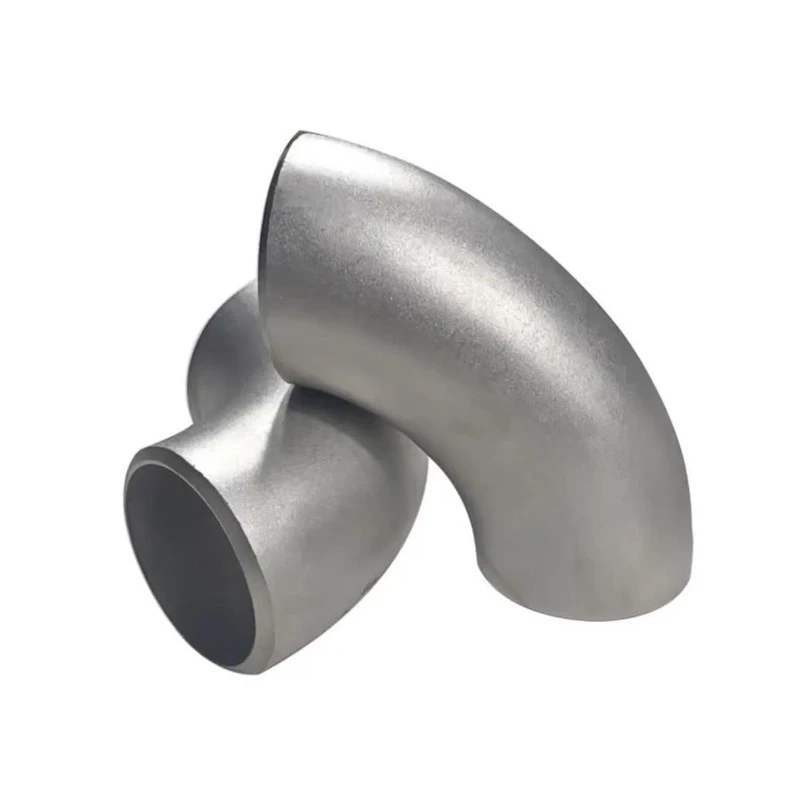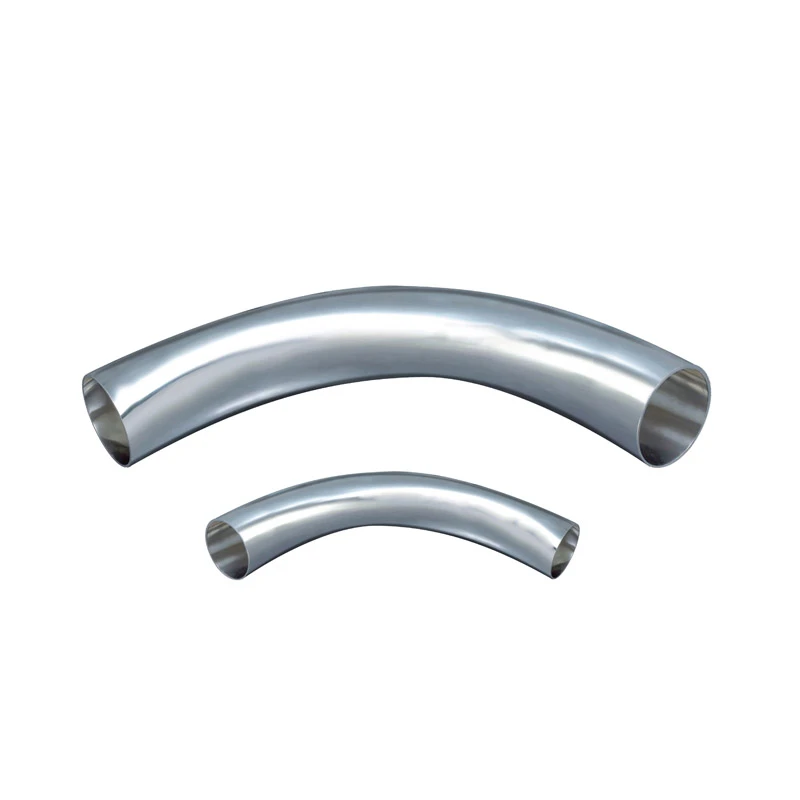PRODUCT DETAILS
Reducer
Reducer is a pipe fitting used to connect pipes of different diameters, facilitating smooth transitions between varying flow capacities in piping systems. Available in concentric and eccentric designs, reducers help maintain optimal flow efficiency while minimizing pressure loss and turbulence.
Reducer Product Introduction
Reducers, also known as reducing pipes, are fittings used to connect pipes of different diameters in piping systems, widely used in industries such as petroleum, chemical, and power. Their main function is to achieve a gradual transition in pipe diameter, ensuring smooth fluid flow. Reducers are divided into concentric and eccentric types. Common reducer sizes range from DN15-DN2000, with pressure ratings from Sch5s-Sch60 and PN0.6-PN32. Reducers are made from materials such as carbon steel, alloy steel, stainless steel, and low-temperature steel. Forming methods include die pressing and rolling. Reducers primarily adhere to international standards such as ASME B16.9-2018 and MSS SP-75-2019.
Reducer Features
1.Smooth Diameter Transition: Ensures smooth connection between pipes of different diameters, reducing turbulence and resistance, and lowering energy loss.
2.Compatibility with Various Pipes: Can connect with pipes of different materials and types, such as steel pipes and stainless steel pipes, meeting various engineering and medium transportation needs.
3.Reliable Strength: Made from materials matching the pipes, providing sufficient strength and stiffness to withstand internal fluid pressure and external forces, preventing rupture or deformation.
4.Good Stability: Reasonable structural design ensures stability when connecting pipes of different diameters, maintaining the overall stability of the piping system.
Reducing weight:
|
Head nominal diameter
|
Approx weight kg
|
|
DN
|
NPS
|
SCH10S
|
SCH20
|
STD
|
SCH40
|
XS
|
SCH80
|
|
20
|
3/4
|
0.05
|
-
|
0.08
|
0.08
|
0.10
|
0.10
|
|
25
|
1
|
0.10
|
-
|
0.17
|
0.17
|
0.20
|
0.20
|
|
32
|
1-1/4
|
0.13
|
-
|
0.21
|
0.21
|
0.25
|
0.25
|
|
40
|
1-1/2
|
0.20
|
-
|
0.29
|
0.29
|
0.35
|
0.35
|
|
50
|
2
|
0.28
|
-
|
0.42
|
0.42
|
0.58
|
0.58
|
|
65
|
2-1/2
|
0.45
|
-
|
0.80
|
0.80
|
1.03
|
1.03
|
|
80
|
3
|
0.55
|
-
|
1.05
|
1.05
|
1.42
|
1.42
|
|
90
|
3-1/2
|
0.74
|
-
|
1.36
|
1.36
|
1.89
|
1.89
|
|
100
|
4
|
0.84
|
-
|
1.63
|
1.63
|
2.27
|
2.27
|
|
125
|
5
|
1.38
|
-
|
2.77
|
2.77
|
3.93
|
3.93
|
|
150
|
6
|
1.85
|
-
|
3.96
|
3.96
|
5.95
|
5.95
|
|
200
|
8
|
2.80
|
-
|
6.31
|
6.31
|
9.26
|
9.26
|
|
250
|
10
|
4.60
|
7.85
|
10.7
|
10.7
|
14.5
|
17.5
|
|
300
|
12
|
7.00
|
11.2
|
15.8
|
16.3
|
20.9
|
25.1
|
|
350
|
14
|
14.0
|
25.6
|
28.8
|
32.1
|
37.1
|
56.5
|
|
400
|
16
|
17.5
|
30.5
|
38.5
|
48.8
|
48.8
|
79.0
|
|
450
|
18
|
21.5
|
35.2
|
44.5
|
64.3
|
58.5
|
102
|
|
500
|
20
|
36.0
|
62.7
|
62.7
|
98.5
|
80.4
|
165
|
|
550
|
22
|
38.0
|
72.6
|
72.6
|
-
|
93.8
|
181
|
|
600
|
24
|
47.5
|
97.1
|
79.1
|
142
|
101
|
226
|
|
650
|
26
|
-
|
130
|
99.9
|
-
|
130
|
-
|
|
700
|
28
|
-
|
142
|
110
|
-
|
142
|
-
|
|
750
|
30
|
85.0
|
152
|
119
|
-
|
152
|
-
|
|
800
|
32
|
-
|
151
|
125
|
208
|
151
|
-
|
|
850
|
34
|
-
|
171
|
132
|
231
|
171
|
-
|
|
900
|
36
|
-
|
180
|
140
|
262
|
180
|
-
|
|
950
|
38
|
-
|
-
|
148
|
-
|
194
|
-
|
|
1000
|
40
|
-
|
-
|
156
|
-
|
203
|
-
|
|
1050
|
42
|
-
|
-
|
178
|
-
|
235
|
-
|
|
1100
|
44
|
-
|
-
|
189
|
-
|
244
|
-
|
|
1150
|
46
|
-
|
-
|
199
|
-
|
257
|
-
|
|
1200
|
48
|
-
|
-
|
210
|
-
|
269
|
-
|
|
1300
|
52
|
-
|
-
|
223
|
-
|
-
|
-
|
|
1400
|
56
|
-
|
-
|
241
|
-
|
-
|
-
|
|
1500
|
60
|
-
|
-
|
258
|
-
|
-
|
-
|


